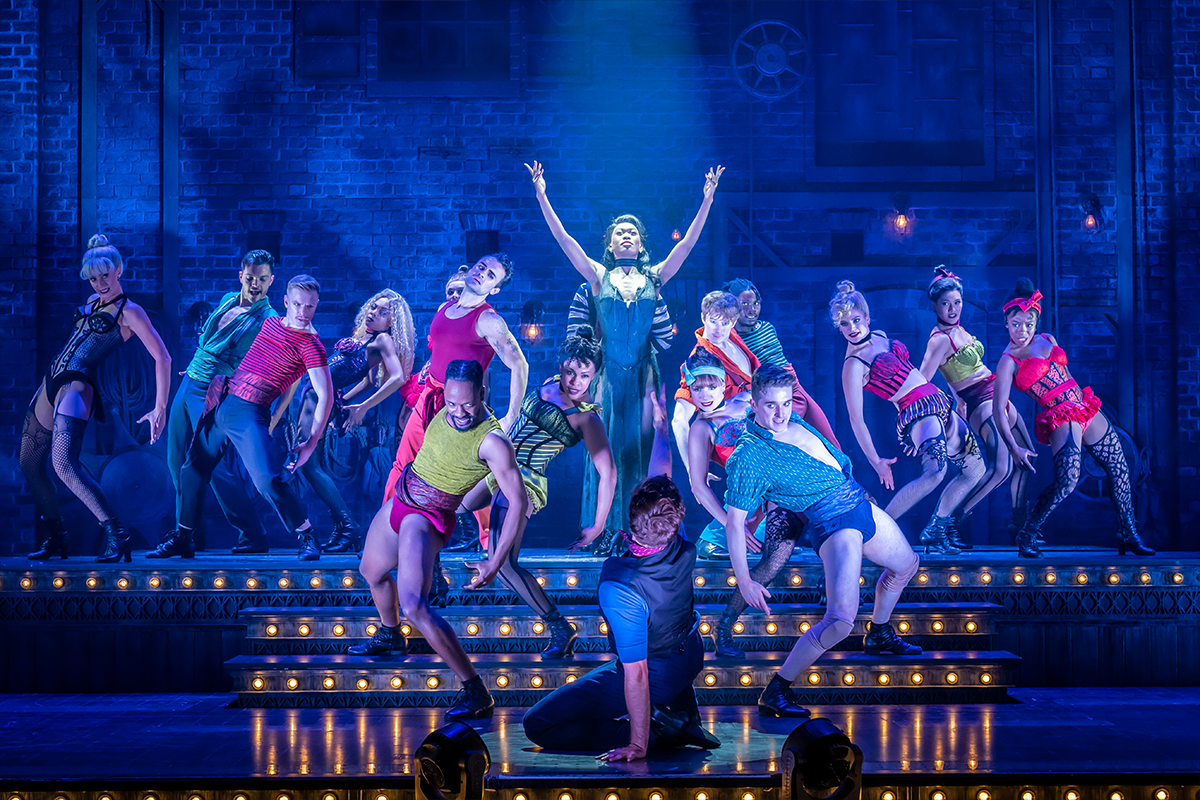Is it Wise for the Arts to Turn to Philanthropy?
Monday
saw the launch of the National Campaign for the Arts UK Arts Index,
an annual report on the “vitality of the arts and culture in the
UK”. It measures input to the arts – both financial and otherwise
– and output, including financial gains, audience attendance,
satisfaction and participation. This first report only draws on data
from between 2007/08 and 2009/10, so although it’s a fantastic start,
next year’s index, which will show the impact of the recent arts
cuts, is when things are going to get really interesting.
Among
the fascinating figures quoted (you need to be a member of the NCA to
read the full report, but you can download a summary here), was that
giving
from individuals and businesses has fallen by 13% and 17%
respectively since 2007/08. Given how central the notion of
philanthropy is to Jeremy Hunt and Ed Vaizey’s arts funding policy –
just last month the Arts Council launched Catalyst Arts,
an £100 million fund aimed at helping cultural organisations to
access more funding from private sources – these make for pretty
worrying figures. Fundraising is a tricky business at the best of
times and clearly the current economic climate has been taking its
toll here too.
The
organisations for whom fundraising is most difficult are small
companies that operate under the radar of the big corporate and
individual donors. Without the benefit of big branding and nationwide
reputations, small organisations will always struggle to attract the
necessary attention, even with the help of money from the Catalyst
fund, which next year will be offering grants of between £15,000 and
£25,000 to help organisations to build their fundraising capacity.
And although I’d argue that it’s a good idea for small organisations
to learn to diversify their income streams, surely the best way of
apportioning limited resources is for these groups to be spending
their time making work, not chasing cash.
The
index’s worrying giving figures are echoed by comments from major
individual donors, such as John Nickson, who has lead fundraising at
institutions including the British Council and English National
Opera, and has sat on the board of trustees of a number of education,
development and arts charities. Speaking at the launch at the House
of Commons on Monday, Nickson suggested that while existing donors
were ready to be generous in their support, they’re not happy to
simply fill the gaps left by excessive cuts to public subsidy. The
government, he said, must play its part.
But
even if the plan does work and money starts to pour into the arts
from businesses and individuals over the next few years (we shall
see, but I’m not confident and haven’t yet found anyone who is),
perhaps the more important question is, ‘is it really wise for the arts to
turn to philanthropy to fill the gaps left by public subsidy cuts’?
I’d
say not. The wealthiest in this country should certainly be
contributing more to the arts (quoting Theresa Lloyd in Why
Rich People Give, Nickson drew attention to the shocking
fact that the 10% of wealthiest people in this country give away only
1% of their wealth annually, while the poorest 10% every year give
away 3% of their annual income) but wouldn’t it be better for them to
do so via fairer taxation? That way the money is awarded fairly by
the Arts Council and local government based on merit rather than
being dictated by the tastes of individuals. Opera isn’t more
deserving of individual giving than theatre of the oppressed, but it
certainly gets more cash.
Of
course the government isn’t proposing that public subsidy for the
arts be withdrawn altogether, but just imagine if it was. I fear that
the arts landscape would look very different than it does now, and
that a very large number of deserving arts organisations making
excellent and valuable work would suffer as a result.










